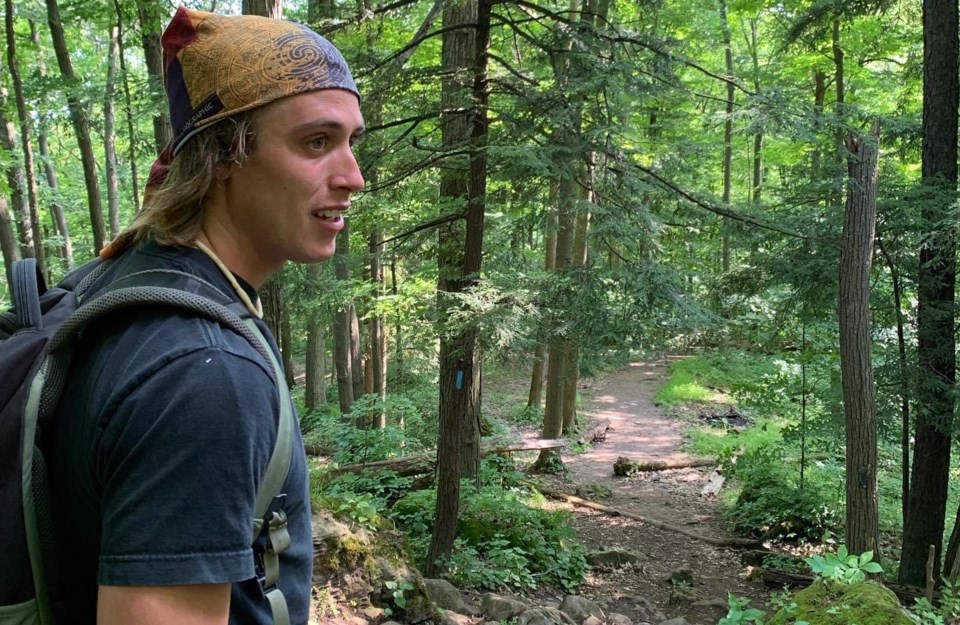At what point do we cross the line where an outdoor excursion is catered too heavily toward the human experience at the expense of the ecosystem?
This is a call for a balancing act, even if the intentions of upcoming changes in our natural areas are advertised as positive. I’m referring to a recent announcement by the Niagara Peninsula Conservation Authority (NPCA) about proposed property refurbishments for Cave Springs and Rockway Conservation Areas.
Papered as ‘enhancement projects,’ these two properties would see new features that would certainly be perceived as an upgrade from the current rustic atmosphere. Rockway Falls features a rickety gravel parking lot and Bruce Trail access, while Cave Springs is exclusively accessed by hiking in on the Bruce Trail. Both locations are heavily forested by Niagara’s standards and offer remarkable cliff top views.
Between the two properties, the envisioned results of the enhancement projects include concepts such as an automated parking lot gate, picnicking areas, new trails, observation decks, trail pampering, and educational signage. There are also plans for increased tree planting at Rockway Falls.
To be clear, these changes are not bad. I constantly preach the dire importance of keeping nature accessible, affordable, and meaningfully educational. People act as mere but mighty drops in the bucket when it comes to having a population who feels more connected to nature. With this connection, we are more inclined to want to protect it.
What concerns me is that Niagara Peninsula is running out of natural areas that offer a special type of intangible. When it comes to nature, much like a heritage building, there is something special about leaving an area as it remains.
Advancement does not always mean improvement, new does not mean best, and old does not mean dead. Quiet and obscure parking lots don’t act as inviting magnets of attention. There is also something to be said about having to experience a sense of adventure while hiking through the forest to your destination, be it a waterfall or an excellent view.
In these cases, which are becoming few and far between in Niagara, nature stands the test of time a little bit longer without a heavier human presence. This is important for biodiversity and the preservation of more tranquil and sensitive ecosystems.
I’m totally enthused about funding going toward conservation areas and nature accessibility in any capacity. This may also be considered timely, given the Ford government’s ambitions to develop areas of the Greenbelt and take over conservation lands. We’re going to need more people to connect with and care about our land.
I do, however, feel an urge to gently warn of the consequences of going too far. When does the hiking area become too gentrified, busy, or too much an artificial experience? To what extent do we implement benevolent human-made structures, where it may begin to actually reduce the quality of the nature immersion?
Lastly, let’s not forget that Niagara Region has less than 10 per cent of its original forest and wetland coverage. Perhaps in the most appropriate locales, these areas should remain untouched while other spots that are already popular get the benevolent funds for nature accessibility.
I believe we can do a bit of both, and we must do so carefully.
Owen Bjorgan is a documentary filmmaker and nature tour guide. He lives in Niagara-on-the-Lake.



